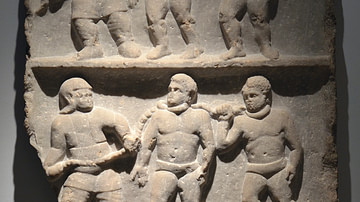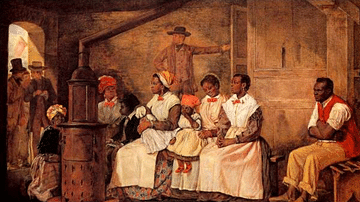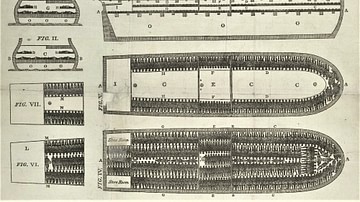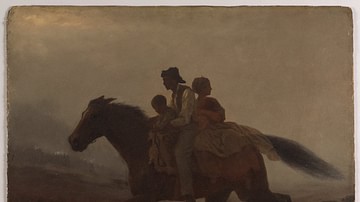Illustration
By 1750, Africa had emerged as the center of three major slave-trading systems: the transatlantic, trans-Saharan, and Indian Ocean trades. These interconnected networks linked African societies to European, Middle Eastern, and Asian markets, with regions such as West Africa, Central Africa, the Sahel, and the Swahili Coast supplying captives through complex political and economic structures.
In West and Central Africa, the transatlantic trade was the most expansive, fueled by European demand for plantation labor in the Americas. African states like Dahomey, Oyo, and Kongo captured and sold captives in exchange for firearms, textiles, and other goods. Coastal ports such as Elmina and Luanda became major export centers. On the Swahili Coast, merchants traded enslaved people from Zanzibar, Kilwa, and Mombasa across the Indian Ocean to Arabia, Persia, and India. Meanwhile, trans-Saharan routes linked inland polities like Bornu and Hausaland to North African markets in Tripoli, Tunis, and Cairo. Each trade system reflected a unique interplay between internal African dynamics—such as state formation, warfare, and regional rivalries—and external economic demand. These forces contributed to political centralization in some regions, increased militarization and raiding in others, and reoriented many African economies toward export-driven structures, reshaping the continent’s power dynamics.
About the Author
Cite This Work
APA Style
Netchev, S. (2025, April 08). The African Slave Trade, c. 1750. World History Encyclopedia. Retrieved from https://www.worldhistory.org/image/20311/the-african-slave-trade-c-1750/
Chicago Style
Netchev, Simeon. "The African Slave Trade, c. 1750." World History Encyclopedia. Last modified April 08, 2025. https://www.worldhistory.org/image/20311/the-african-slave-trade-c-1750/.
MLA Style
Netchev, Simeon. "The African Slave Trade, c. 1750." World History Encyclopedia. World History Encyclopedia, 08 Apr 2025. Web. 12 Apr 2025.








